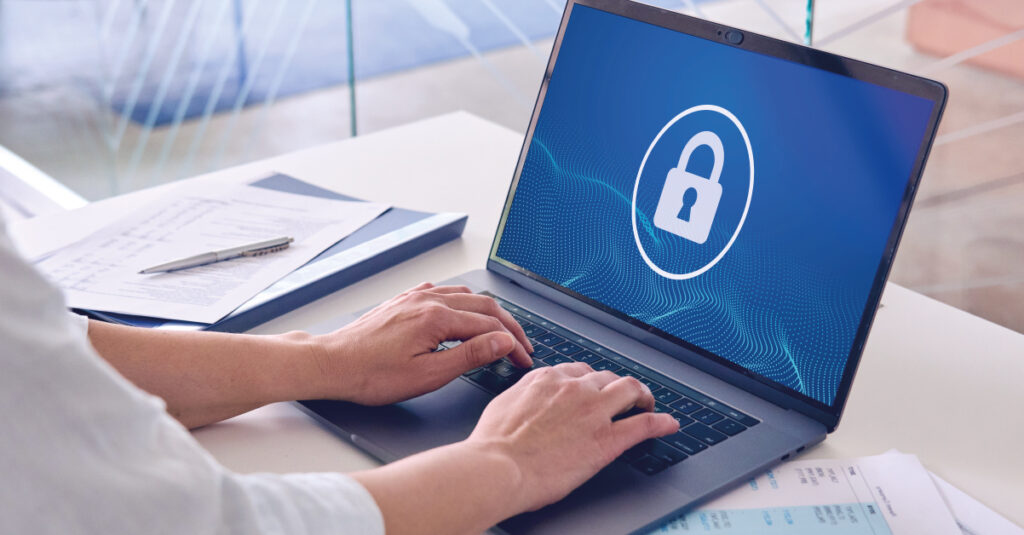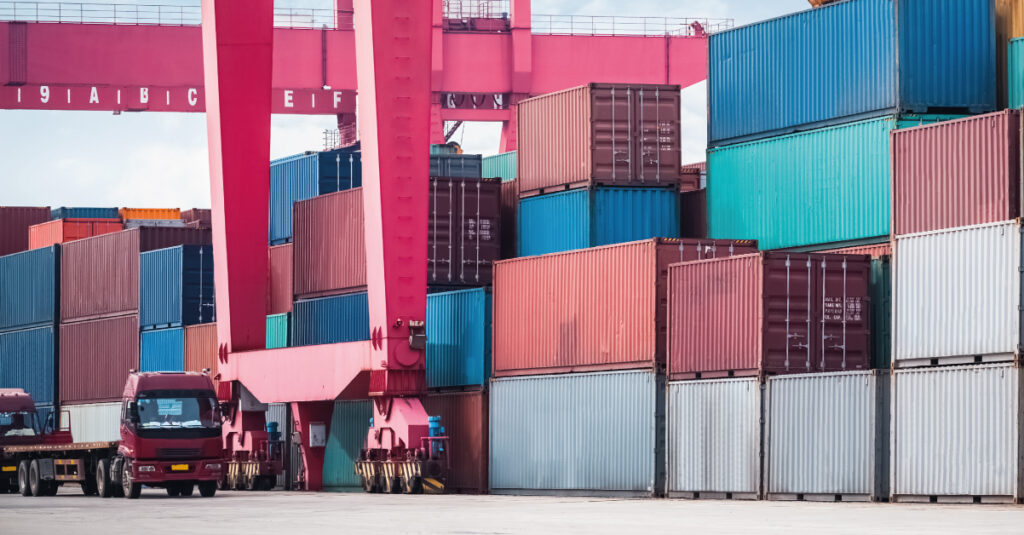The purchasing sector in Industry 4.0
Technological news is already changing the purchasing sector, but has the area already reached the level of maturity required by the era of Industry 4.0? Find it out!
The purchasing sector in Industry 4.0 Read More »








